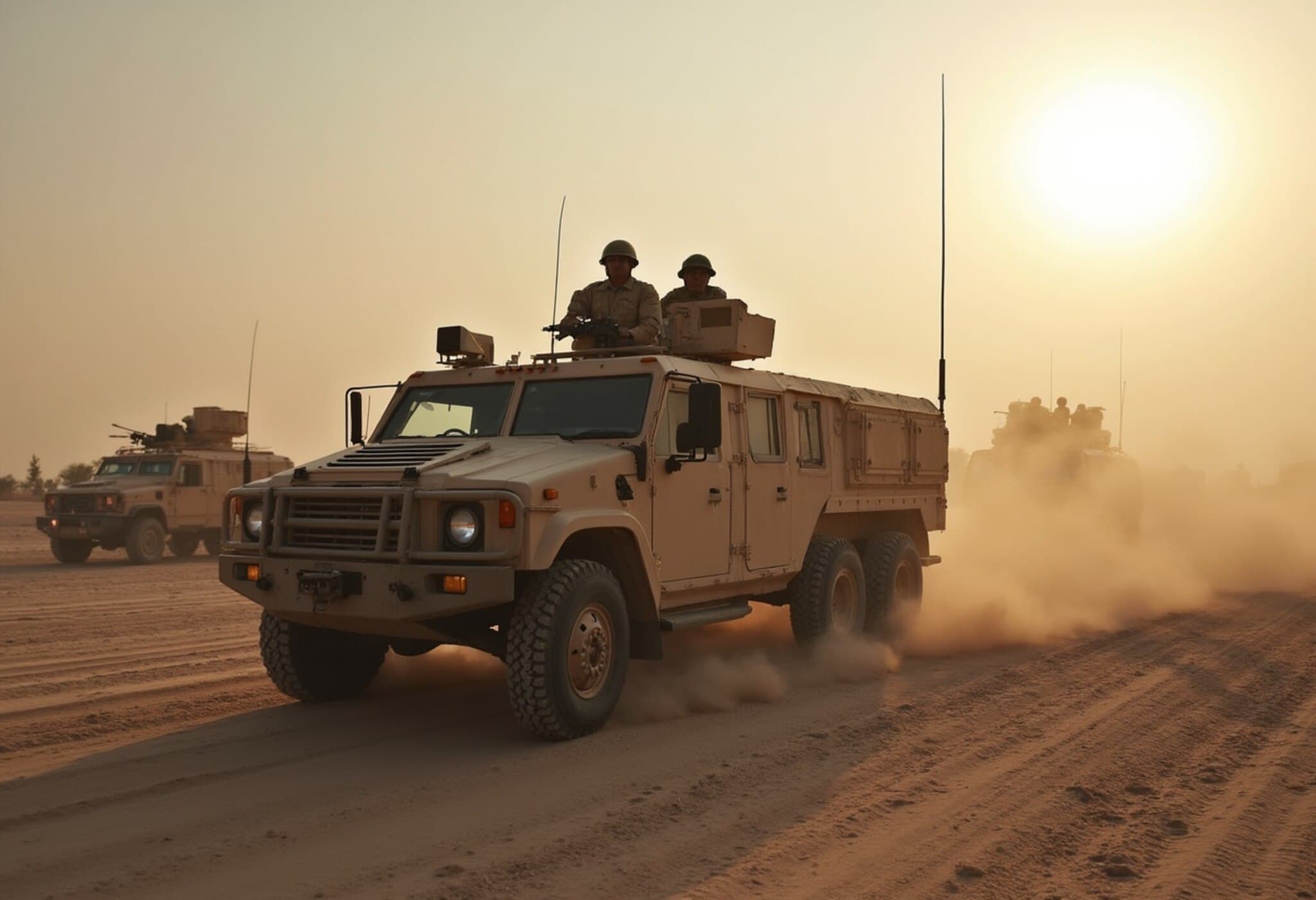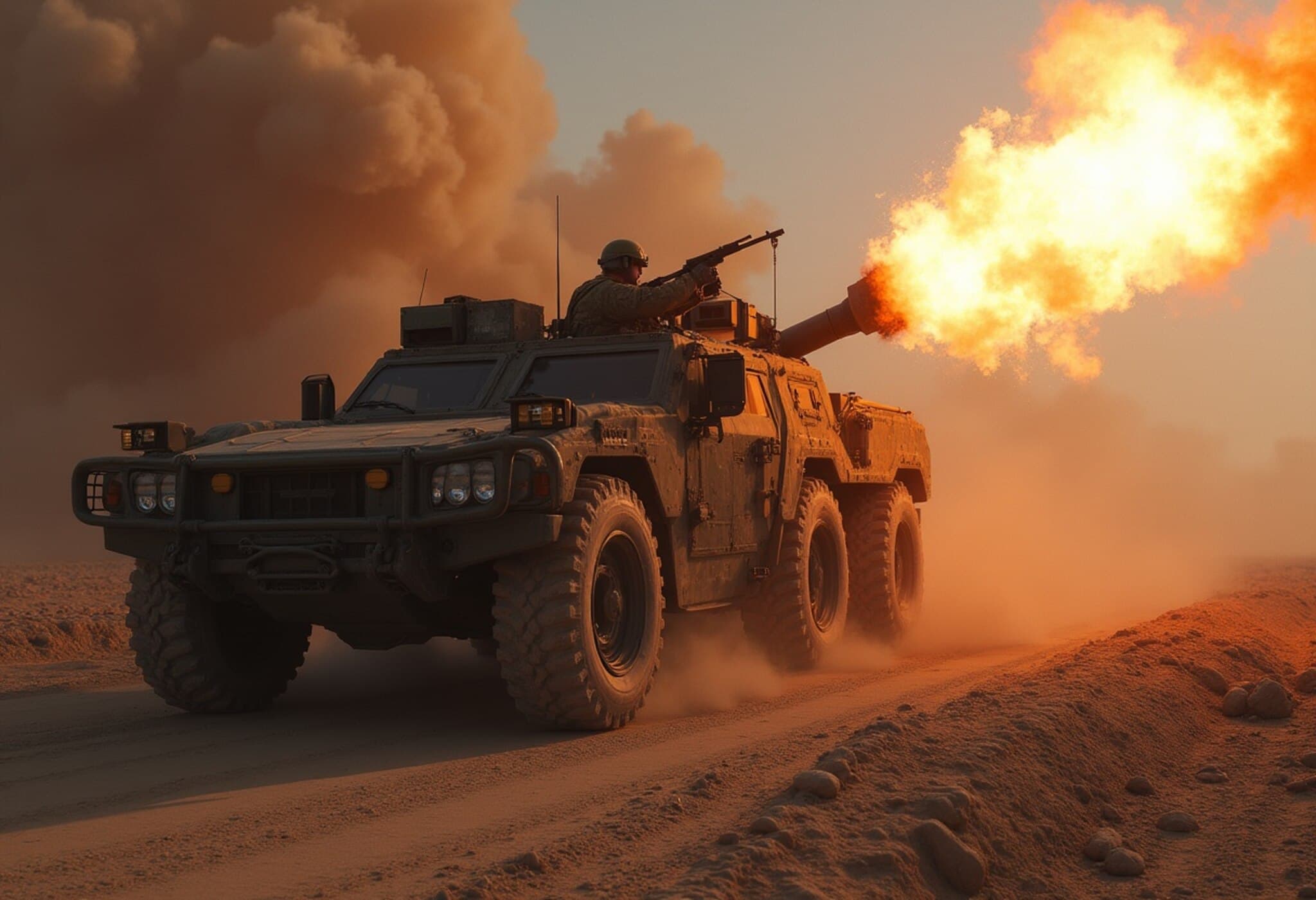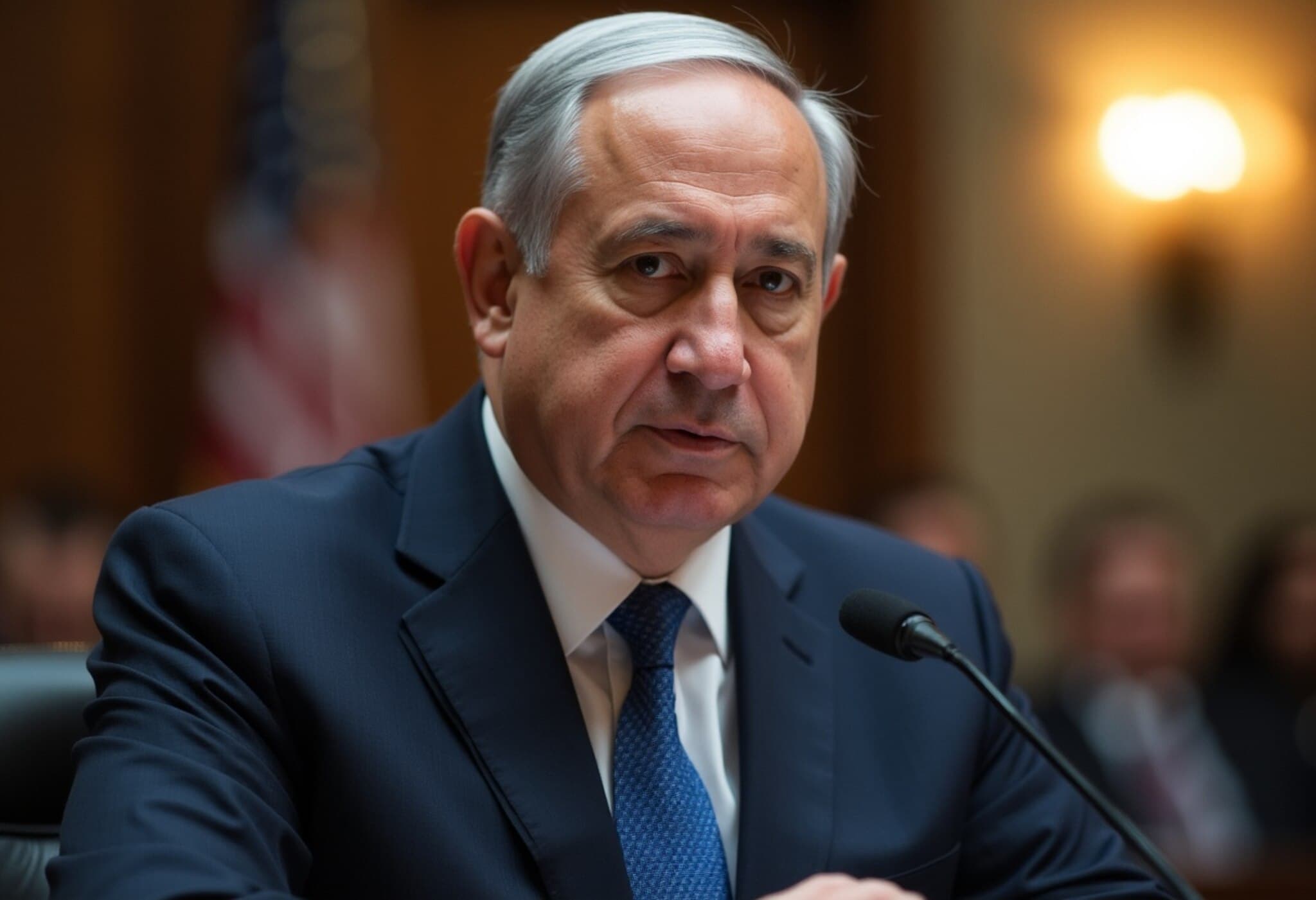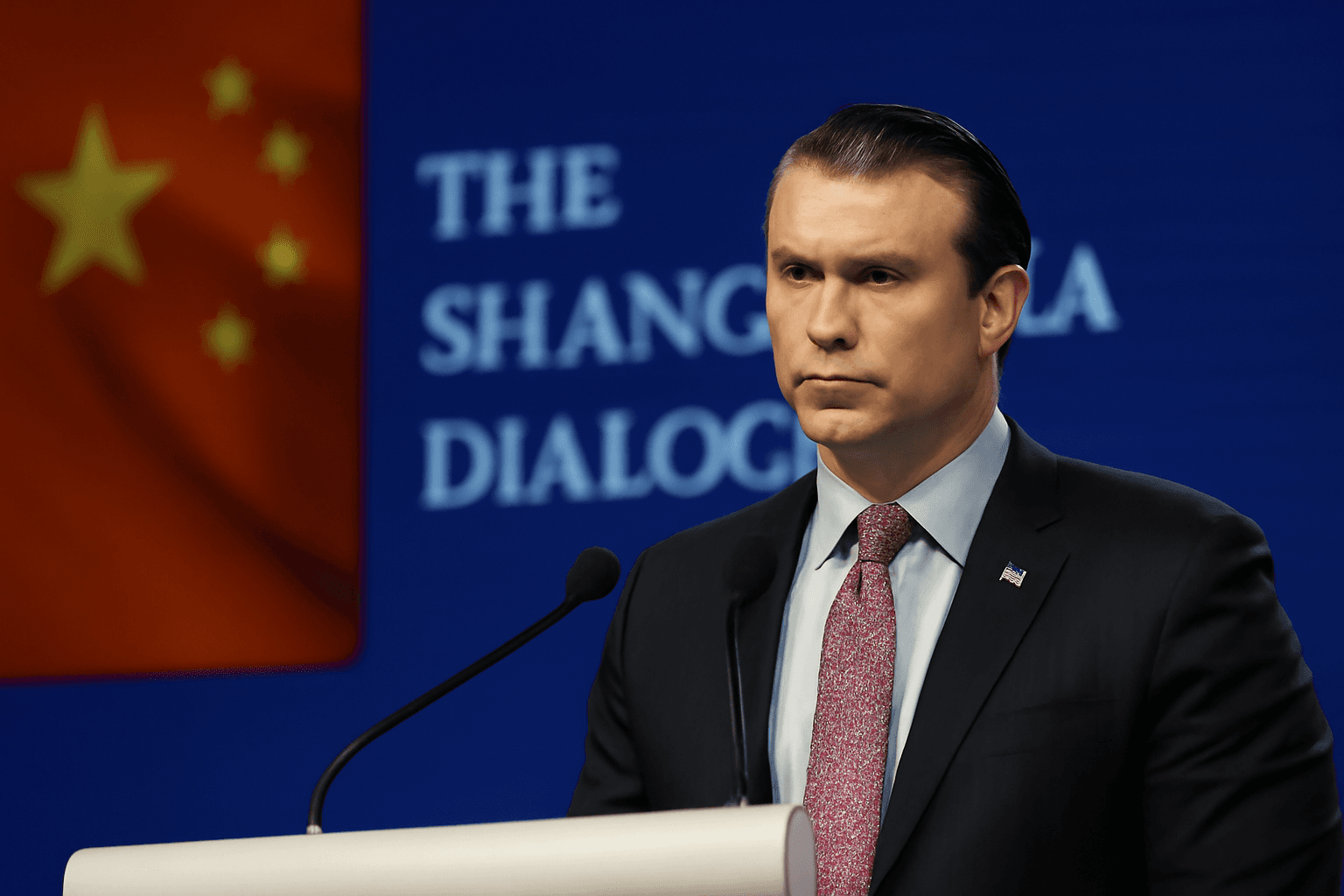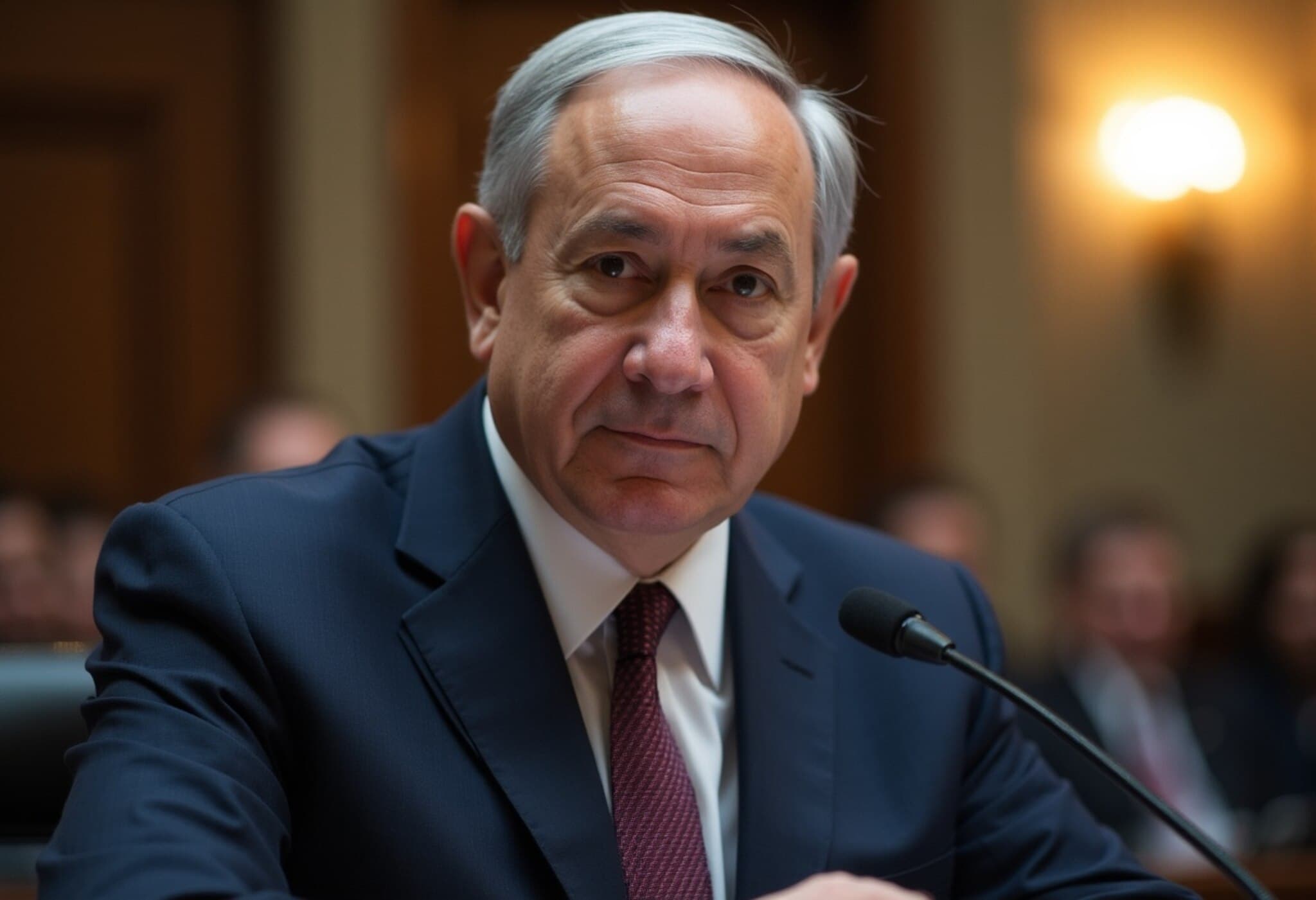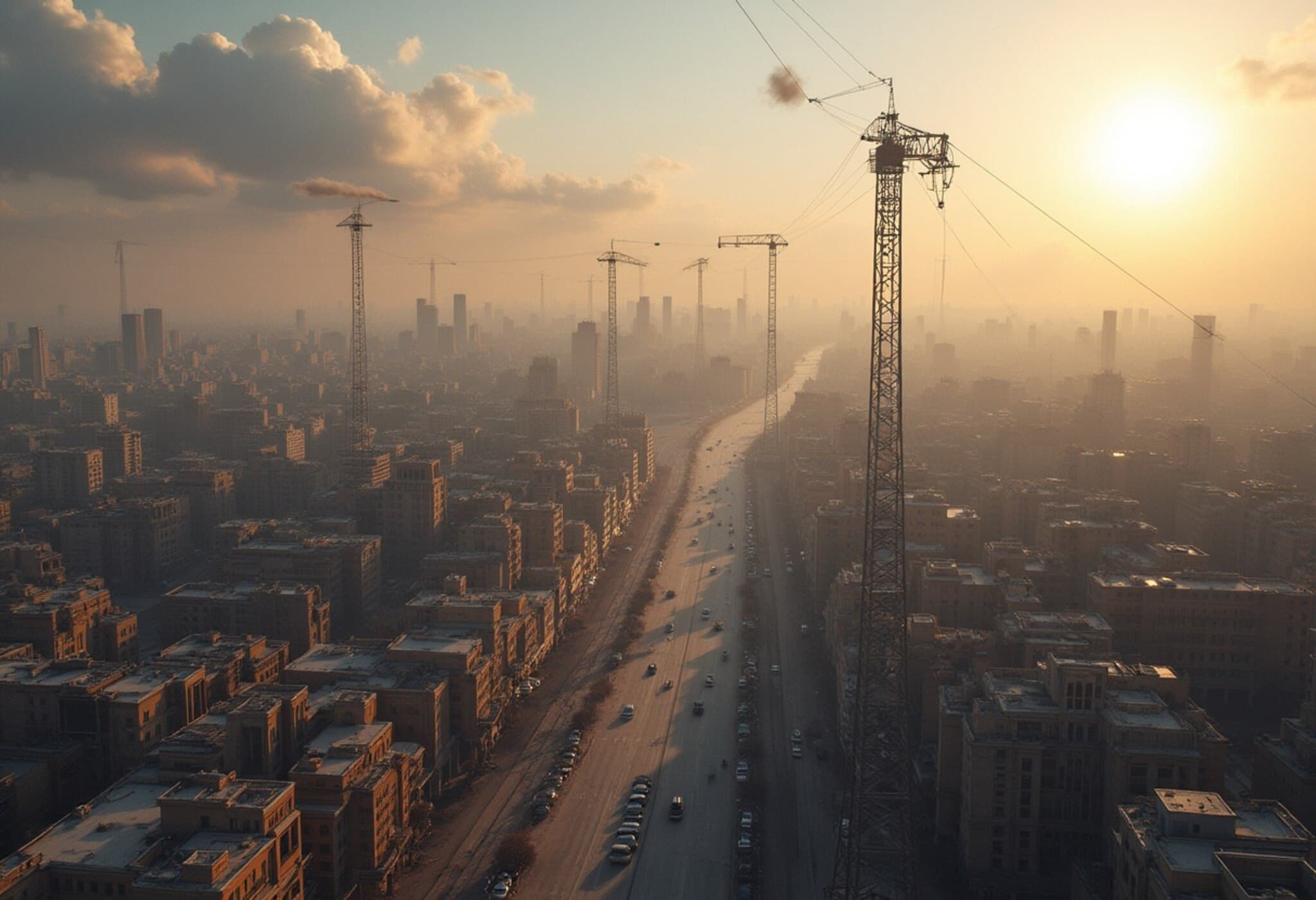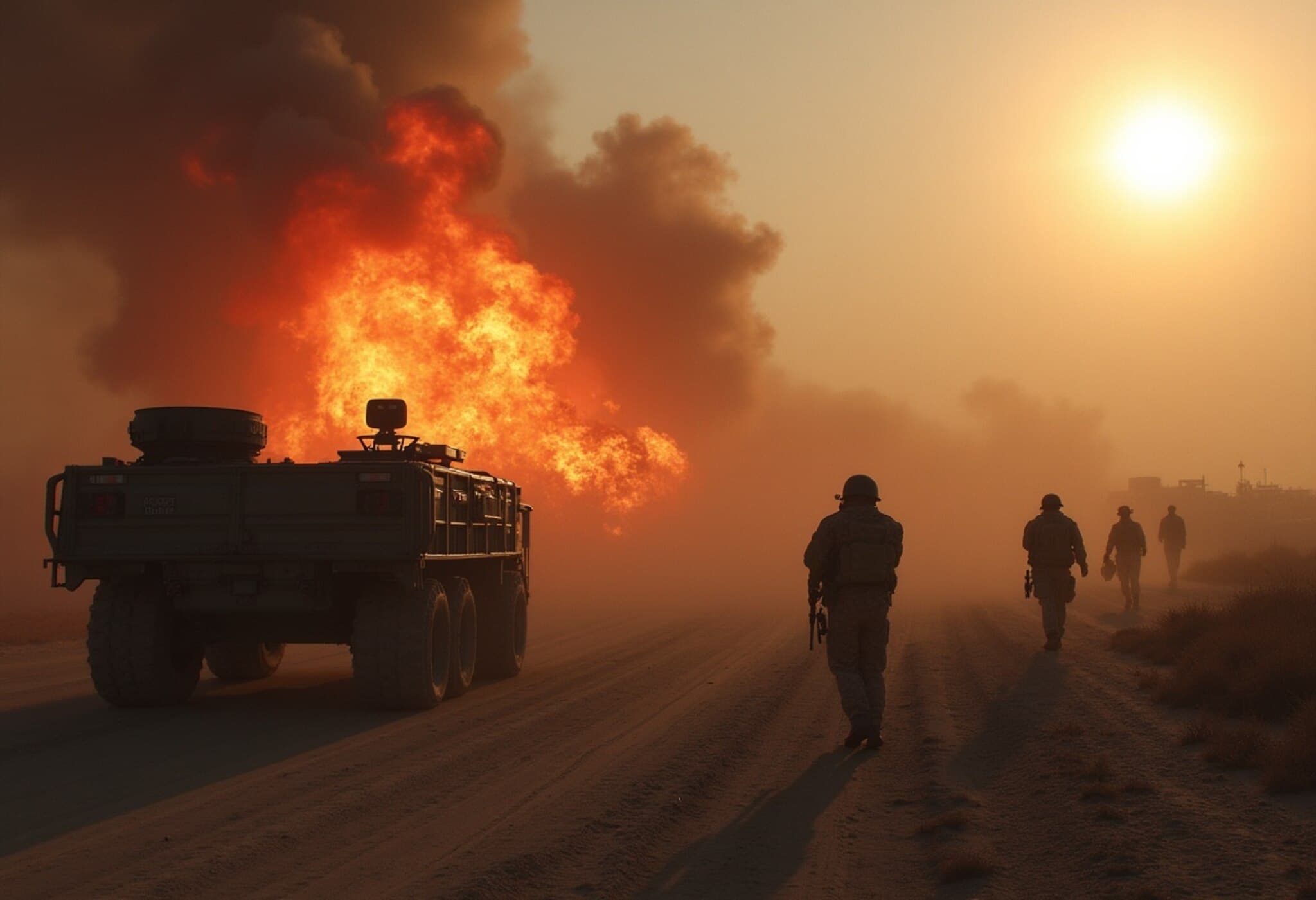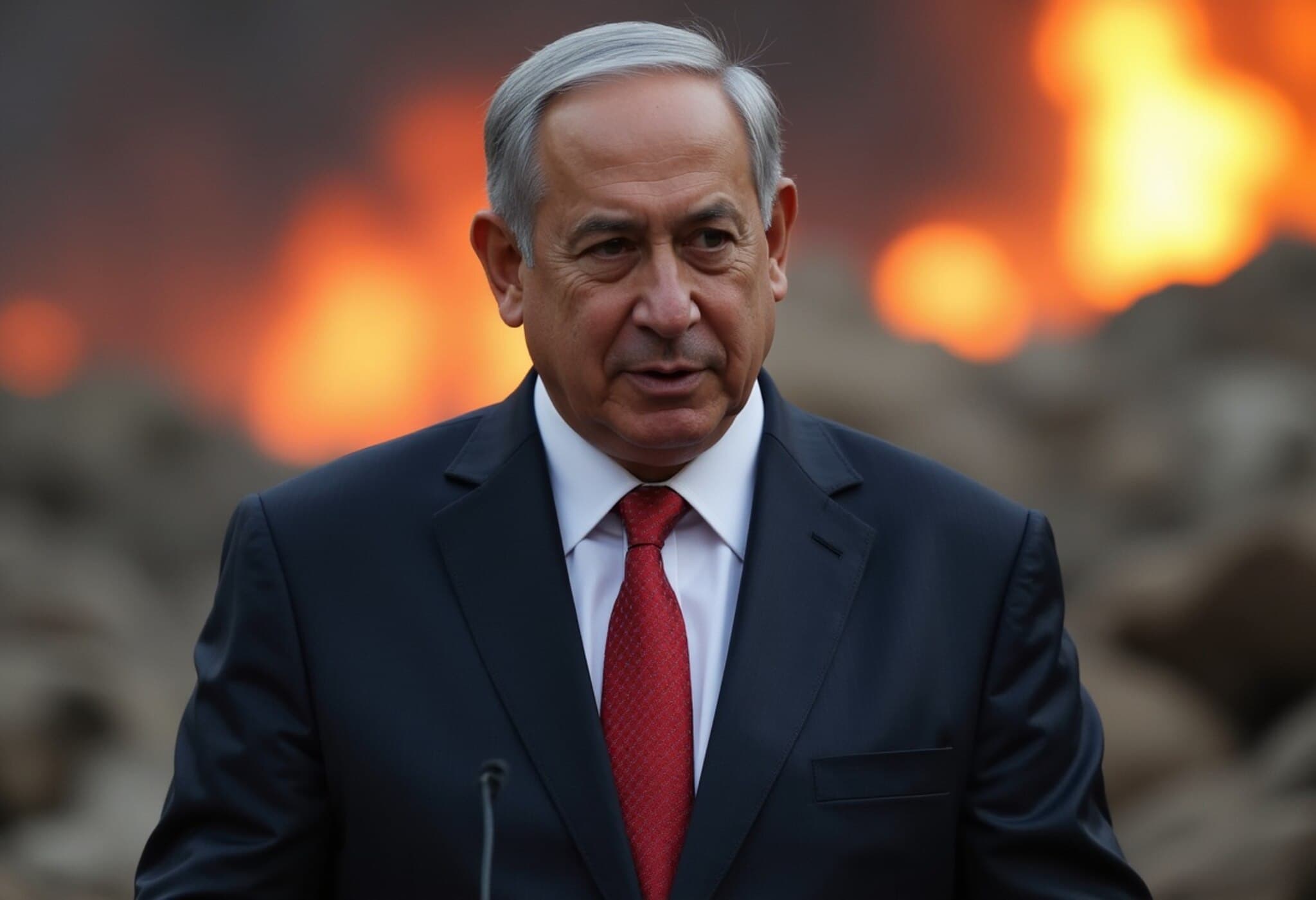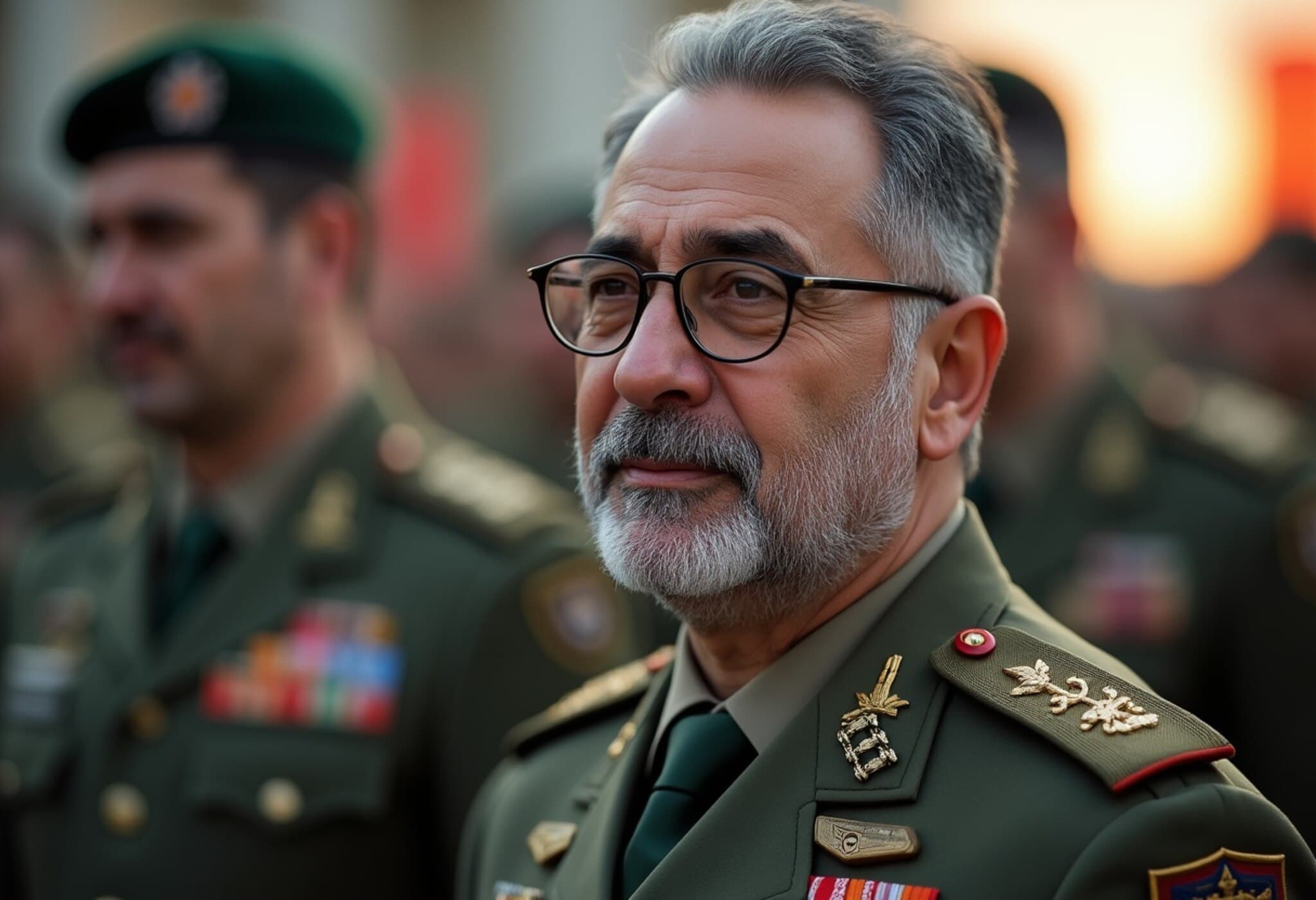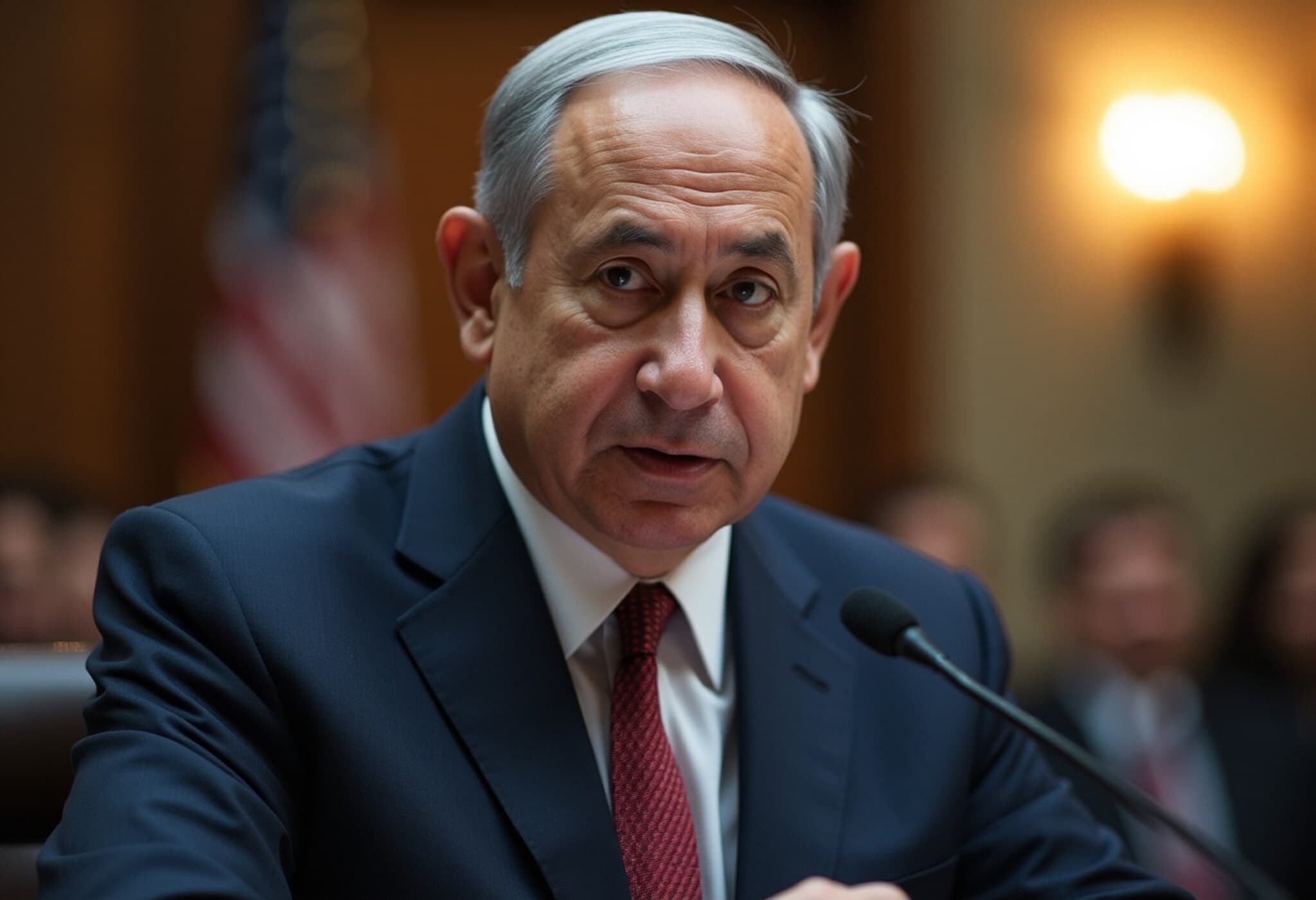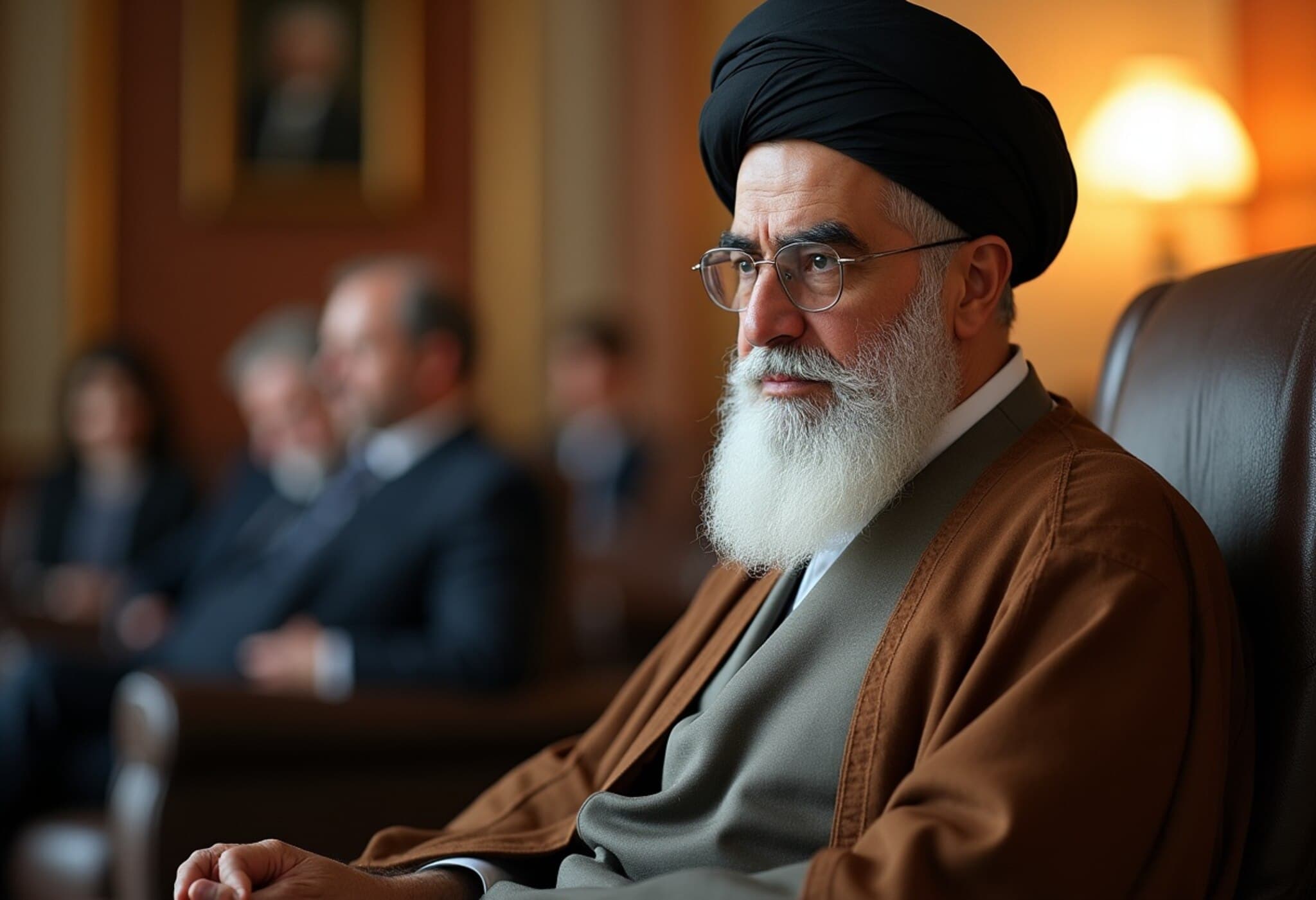The Complexity Behind Targeting Iran’s Nuclear Sites
As tensions escalate in the Middle East, the prospect of a U.S. strike on Iran’s nuclear facilities looms large. The nation's most fortified nuclear site, the Fordow plant nestled deep inside a mountain in northwest Iran, stands as a formidable obstacle. Hidden beneath roughly 300 feet of earth and reinforced with robust concrete layers, Fordow is designed to withstand everything but the most powerful bunker-busting weapons available.
Unraveling the Fordow Fortress
The only weapon capable of penetrating such hardened structures is the GBU-57 Massive Ordnance Penetrator (MOP)—a 30,000-pound bomb uniquely held by the U.S. military. Paired with the B-2 Spirit stealth bomber, which is the sole aircraft capable of delivering this payload, the U.S. holds exclusive options for striking deep underground Iranian sites. However, hitting Fordow is far from straightforward.
Military experts emphasize that a single strike is unlikely to eradicate the entire facility. Experts estimate multiple precision attacks would be essential, potentially dropping two MOP bombs at the same site to crack through all defenses. Even then, assessing the true extent of damage post-strike poses another challenge, likely necessitating ground deployments for inspection, sabotage, or intelligence gathering.
Strategic Challenges and Regional Fallout
On the ground and in the air, the path to disabling Iran’s nuclear ambitions is littered with strategic pitfalls. Israel’s recent intensive operations against Iranian targets highlight the complexity; despite damaging Iran's air defenses and leadership, the threat of retaliation remains high. Tehran has warned that strikes on its territory could trigger attacks on U.S. regional assets, particularly military bases in Iraq, raising fears of a potential broader conflict.
President Trump has declared unwavering opposition to Iran’s nuclear progression, placing clear boundaries on his administration’s tolerance, though indications suggest calculations are underway regarding the extent of direct U.S. involvement. The risk: any miscalculated move could ignite a sustained campaign, potentially plunging the region into deeper instability.
Beyond the Bombs: Psychological and Political Dimensions
While the physical damage wrought by bunker-buster bombs may be contained geographically, the psychological impact on Iran could be profound. Pressure from sustained air campaigns and the threat against critical infrastructure could reshape Tehran’s strategic calculus.
However, dismantling the nuclear program entirely remains unlikely through strikes alone. The knowledge and expertise Iran has developed over decades cannot be erased with bombs, meaning Iran could eventually rebuild, particularly if diplomatic efforts collapse.
What Lies Ahead?
The coming days will be critical in determining the trajectory of the conflict. Decisions from U.S. leadership will not only affect Iran’s nuclear ambitions but could alter the balance of power and security throughout the Middle East. Any strike on Fordow or other facilities will likely be just one act in a longer, more complex saga involving air superiority, ground operations, and geopolitical maneuvers.
Followers of the crisis must watch how these layers unfold, understanding that a single military action is unlikely to resolve the entrenched challenges posed by Iran’s nuclear program.



